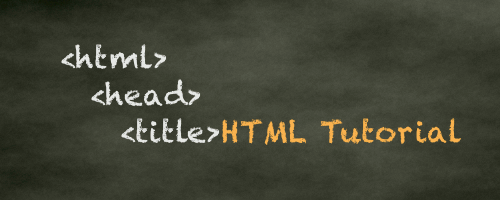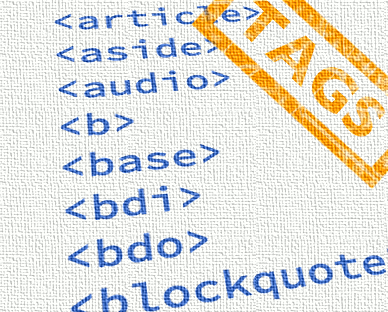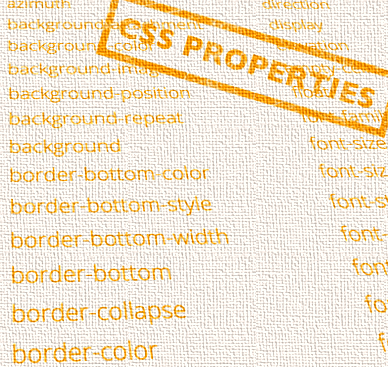Meta Refresh
The 'meta refresh' tag allows you to automatically reload the current page after a set time period.
Actually, it's just the <meta> tag. The refresh bit is simply the value you give to the http-equiv attribute. Anyway, here's how you refresh the page using HTML.
Refresh the Current Page
This code refreshes the current page after 5 seconds:
Redirect to Another Page
You can also redirect the user to another page if you wish. This example redirects to another page immediately. By setting a low time interval (i.e. "0"), the page will refresh/redirect almost as soon as the user arrives.
Note that the W3C doesn't recommend using this method for redirections. This is because, behind the scenes, no information is provided to the browser (or search engine) about the original page or destination page. It's better to use a server-side redirection (directly via the web server) or using server-side code. Here's an example of using ColdFusion to do a URL redirection.
JavaScript Refresh
The <meta> tag isn't the only way you can do a client-side refresh. You can also use JavaScript to refresh the page.
HTML Reference
-

HTML Tutorial
Free HTML tutorial that explains how to code in HTML.
This tutorial explains what HTML elements and attributes are, and how to use them.
I explain the basics, such as what you need in order to write HTML and how to create your first web page.
I then cover other HTML topics including tables, adding color, images, forms, image maps, iframes, meta tags, and more.
I also explain the difference between HTML and CSS (and when to use each one).
Go to HTML Tutorial -

HTML Tags
Full list of all HTML elements.
This is an alphabetical list of HTML elements, linking to a full page of details for each element.
All elements are based on the official HTML5 specification, and include usage notes, full attribute list, as well as links to the various specifications for each element (i.e. HTML4 spec, HTML5 spec, WHATWG spec).
Go to HTML Tags -

CSS Properties
Full list of CSS properties.
Alphabetical list of CSS properties as per the W3C specifications.
CSS stands for Cascading Style Sheets. CSS is the standard way to style web pages.
You can use CSS to set the style for a whole website in one place. CSS allows you to set colors, fonts, widths, heights, margins, padding, and much more.
Go to CSS Properties